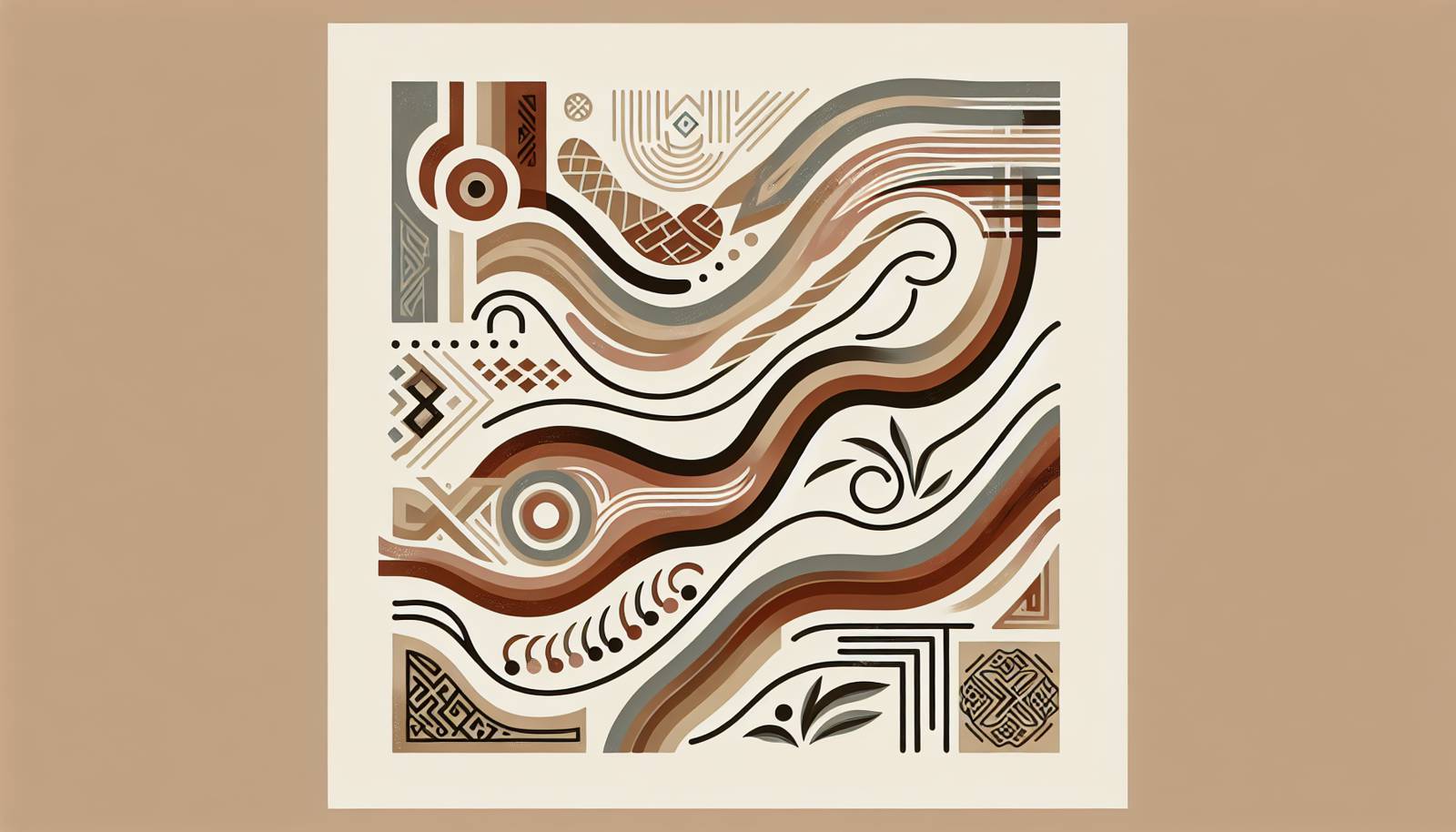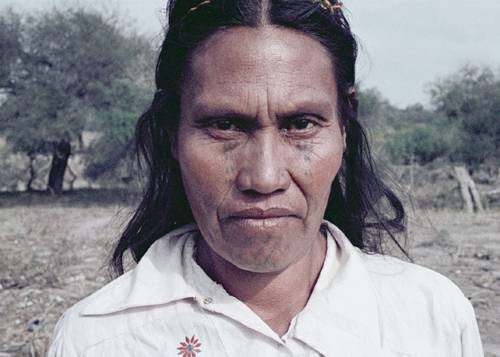
FAQ About Influence of Indigenous Tattoo Traditions on Modern Body Art

What are indigenous tattoo traditions?
Indigenous tattoo traditions refer to the tattoo practices of indigenous peoples around the world. These traditions often hold cultural, social, religious, or ceremonial significance and vary widely between different indigenous groups. Traditional designs can represent personal identity, rites of passage, social status, or spiritual beliefs.

Which indigenous cultures are known for their tattoo traditions?
Many indigenous cultures across the globe have rich tattooing traditions. Notable examples include the Māori of New Zealand, the Inuit and other First Nations peoples of North America, the Polynesians, the Berbers of North Africa, and the Dayak tribes in Borneo. Each of these cultures has distinct styles and meanings associated with their tattoos.

How have indigenous tattoo designs influenced modern body art?
Indigenous tattoo designs have significantly influenced modern body art in terms of both aesthetics and symbolism. Many tattoo artists and enthusiasts have embraced tribal patterns, motifs, and techniques that originate from indigenous practices. This includes geometric patterns, spiritual symbols, and techniques like hand-tapping, which are now incorporated into contemporary tattooing styles.

Why are indigenous tattoo traditions important to preserve?
Preserving indigenous tattoo traditions is essential for maintaining cultural heritage and identity. These traditions embody centuries of artistic expression, communal values, and ancestral knowledge. Respecting and understanding these practices also fosters cultural appreciation and helps prevent cultural appropriation, where symbols are used without permission or acknowledgment of their origins.

What is cultural appropriation in the context of tattooing?
Cultural appropriation in tattooing occurs when individuals from outside a culture adopt tattoos that have specific meanings or significance for indigenous peoples, often without understanding or respecting their cultural context. This can dilute or misrepresent the original meanings of these tattoos and lead to misinformation and disrespect towards the source culture.

How can individuals respectfully incorporate indigenous tattoo designs into their body art?
To respectfully incorporate indigenous tattoo designs, individuals should research and understand the cultural significance of the designs, seek permission from cultural custodians, and ideally work with tattoo artists who are knowledgeable and respectful of the style. It's also crucial to engage in open dialogue with indigenous communities and artists to ensure that cultural traditions are honored and accurately represented.

What are some examples of indigenous tattoo motifs commonly used in contemporary tattoos?
Some common indigenous tattoo motifs that have found their way into contemporary tattooing include Polynesian tribal patterns, Inuit line and dot work, Māori koru spirals, Native American feather and animal symbols, and Celtic knotwork. Each of these designs comes with its history and meanings, often connected to spirituality, nature, or personal lineage.

What role do these tattoo traditions play in indigenous cultures?
In indigenous cultures, tattoos often serve as markers of identity, telling personal or collective stories and representing achievements, status, or tribal affiliations. They can represent rites of passage, protection, or spiritual guidance. In some cultures, tattoos also communicate social status, family heritage, and individual accomplishments.

Are there indigenous methods of tattooing still used today?
Yes, many indigenous methods of tattooing are still practiced today, either by keeping tradition alive in indigenous communities or by being adopted by contemporary tattoo artists. For example, the traditional hand-tapping technique used in Polynesian tattooing and the skin stitching method used by the Inuit are still in practice. These methods often involve more natural and traditional tools compared to modern tattoo machines.

How can tattoo artists ensure they are respecting indigenous tattoo traditions?
Tattoo artists can show respect for indigenous traditions by conducting thorough research, seeking guidance from cultural experts, and engaging with indigenous communities. It's important to educate themselves about the cultural and spiritual meanings of the designs they are using, ensure consent is given by the cultural custodians, and provide respectful attribution to the original sources of these motifs.

What is the significance of Polynesian tattoo art today?
Polynesian tattoo art, known as 'tatau' or 'pe'a' in various islands, remains highly significant as a cultural identity marker for Polynesian peoples. It embodies their spiritual beliefs, social hierarchies, and personal histories. In modern contexts, Polynesian tattoo art is appreciated worldwide for its intricate patterns and deep cultural narratives, offering a bridge between traditional heritage and contemporary artistic expression.

Are face tattoos a part of indigenous traditions?
Yes, face tattoos are an integral part of several indigenous traditions. For instance, Māori tā moko are facial carvings that convey personal and ancestral stories. The Inuit and some Native American tribes have historical traditions of facial tattooing as well. Such tattoos often denote tribal affiliation, social status, or achievements within the culture.

What impact have global tattoo trends had on indigenous tattoo practices?
Global tattoo trends have both positively and negatively impacted indigenous tattoo practices. On one hand, they have increased awareness and appreciation of these traditional art forms. On the other hand, widespread commercialization and misunderstanding can lead to cultural appropriation and the dilution of the symbolic meanings behind indigenous tattoos. Increased dialogue and education are essential to mitigate these adverse effects.

Can tattoos help in the revitalization of indigenous cultures?
Tattoos can play a significant role in the revitalization of indigenous cultures by reclaiming and redefining cultural identity. For many indigenous communities, reviving traditional tattoo practices is a way to reconnect with cultural heritage, assert identity and pride, and pass on traditions to future generations. This revitalization can also spark interest and respect for these cultures globally.

What challenges do indigenous tattoo artists face today?
Indigenous tattoo artists often face challenges such as cultural misappropriation, a lack of recognition or understanding of their art's cultural significance, and competition with non-indigenous artists who replicate their designs. There are also practical challenges, such as accessing traditional tools or materials and preserving these techniques in a contemporary setting that prioritizes faster, machine-aided processes.

What are some ancient materials used in indigenous tattoos?
Traditional indigenous tattoos have historically used natural materials available in the environment. For instance, Polynesians might use sharpened bones or tusks to apply ink, while the Inuit would use sinew or bone needles. The ink itself could be made from soot, charcoal, or plant-based materials. These materials are chosen for their availability and cultural significance.

How did colonialism affect indigenous tattoo traditions?
Colonialism had a significant impact on indigenous tattoo traditions, often leading to their suppression or alteration. Colonizers frequently viewed these practices as "savage" or "pagan" and discouraged or outright banned them in an effort to assimilate indigenous peoples. This led to the loss of some traditional knowledge and practices, which communities are now actively working to revive and preserve.

What are the ethical considerations when adopting indigenous tattoo designs?
Ethical considerations include ensuring the designs are used with cultural permission and understanding their meaning and significance. It's crucial to avoid trivializing or commodifying these symbols, thereby respecting their sacred, historical, and social importance. Engaging directly with indigenous artists and communities helps promote respectful collaboration and authenticity.

Are modern tattoo artists trained in indigenous tattoo techniques?
Some modern tattoo artists are trained in indigenous techniques, particularly those who specialize in tribal or cultural tattoo styles. Training may involve research and practice under the guidance of indigenous experts to learn traditional methods, such as hand-tapping or skin stretching. This specialized training emphasizes the importance of cultural sensitivity and respect for the traditions being represented.

Is there a resurgence of interest in indigenous tattooing practices?
Yes, there has been a noticeable resurgence of interest in indigenous tattooing practices both among indigenous communities and the broader public. This is part of a larger movement towards cultural revival and identity assertion. Increased interest has also been fueled by social media, which allows for greater visibility and appreciation of these art forms globally.
